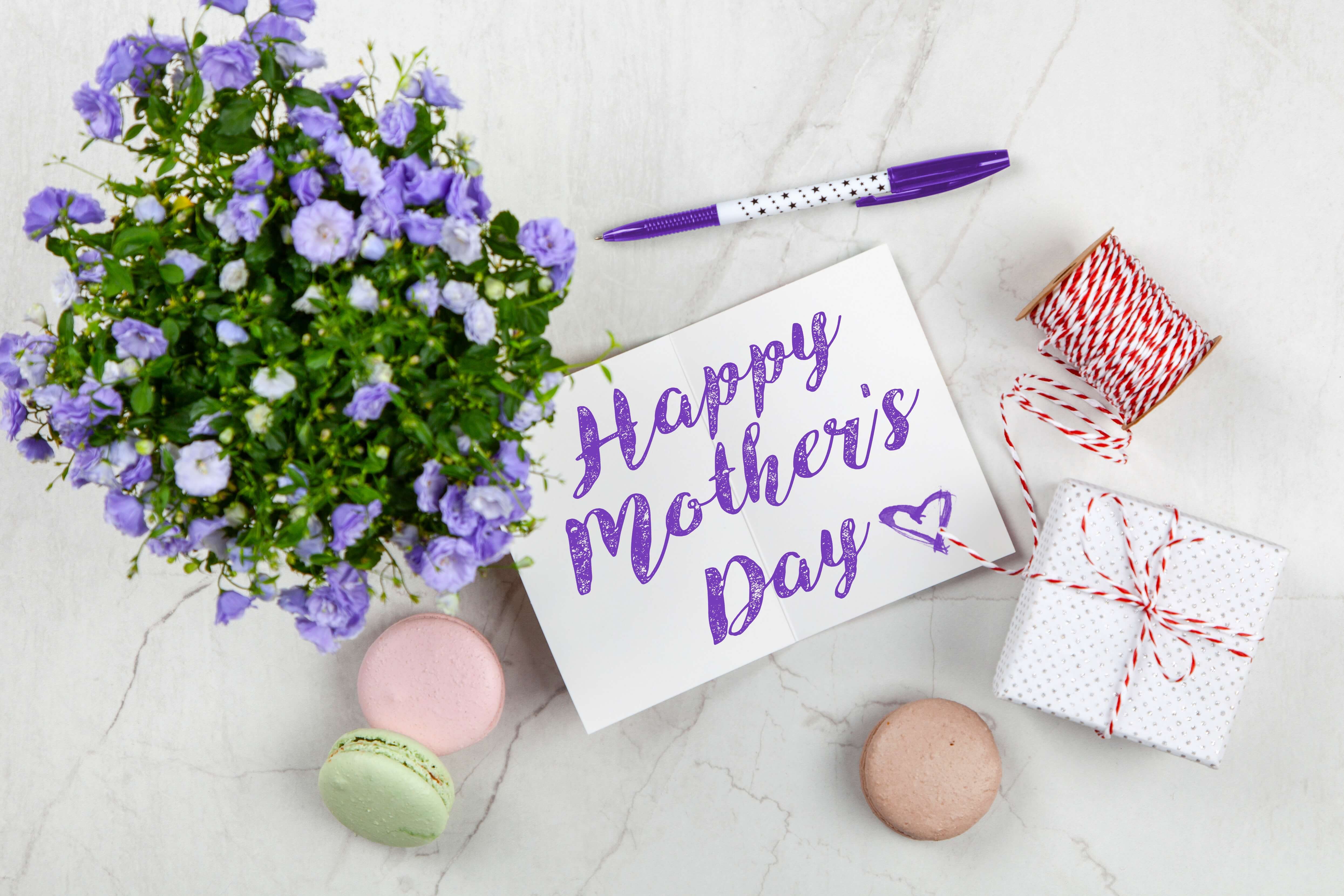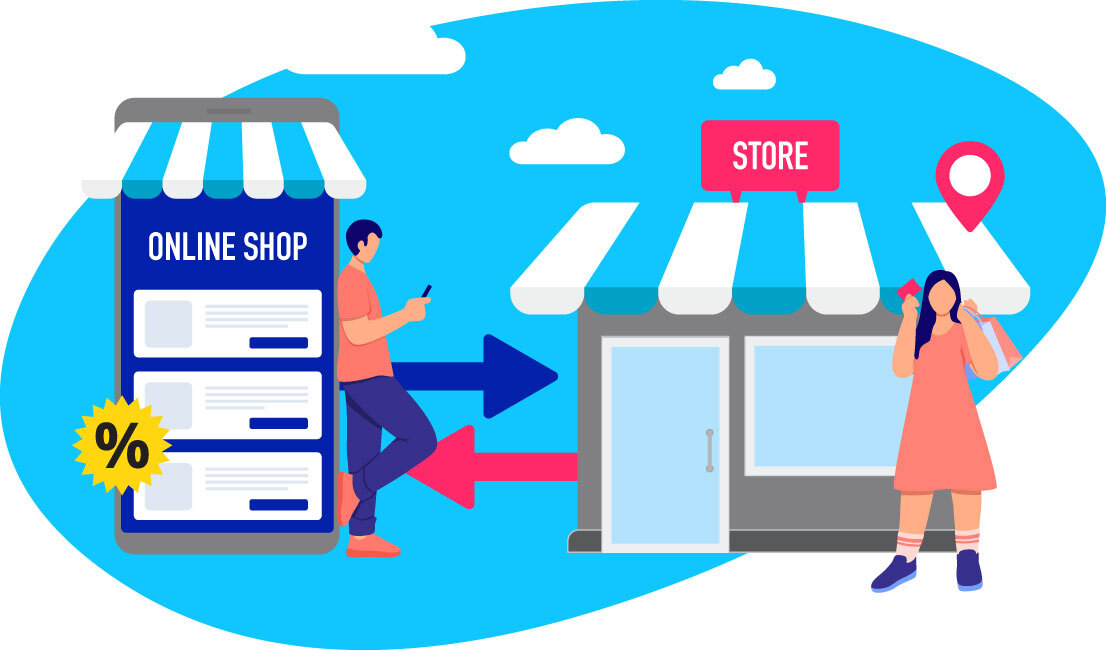4 min read
In the US, Mother’s Day is the second highest gifting holiday after Christmas while in Asia Pacific, it is also emerging as a significant opportunity on which brands can focus their campaigns.
As an emerging gifting occasion, Mother’s Day requires a lead-up promotional period to prepare and motivate consumer to purchase gifts. Reminders and recommendations driven by artificial intelligence (AI) can help brands reach a wider range of consumers with more targeted suggestions, increasing the chances of conversion but without losing the human touch of having one gift selected for another.
Here are three ways AI can help.
1. Promote the Occasion
A couple of weeks prior to Mother’s Day you should start to build your audience for this campaign, using AI to collate both existing customers and lookalikes.
A reminder is that there is more to this market than ‘people with mothers’, and you should be using AI to tease out some of the more nuanced segments. For example, people with older female mentors may consider this a gift-giving occasion, and fathers of newborns and young children are often the substitute gift buyers for their kids, who are too young to make purchase decisions.
Use every promotional channel available, from social platforms to e-newsletters and push notifications, to remind your audience of the holiday and start making gift suggestions.
2. Make Gift Recommendations
Prior to Mother’s Day, you should also start making more personalized gift recommendations via more specific channels such as email and push notifications. Gift-buying is an interesting case for AI, as a large part of the data it evaluates is centered on the buyer, not the gift recipient who may be one of many people throughout the year.
Still, you can leverage internal and external data to discover interest outside of your owned channels to help you create relevant recommendations both in line with the kind of person the buyer is, including how much they may be willing to spend, and the kind of gift they would find suitable for their mother.
Mothers are a broad market and cannot be treated as homogenous. Apart from being female with at least one child, they may have no other interests in common. They range in age from their 20s to 100+ and you will need to pitch at the demographic according to what you know about the buyer: a father of a newborn buying a ‘Mother’s Day’ gift for his wife is likely to consider different items compared to a woman in her 50s looking for a gift for her octogenarian mother.
If you have any data from previous Mother’s Day campaigns, you will be able to find some clues in what they have already purchased, which you may not want to serve up again but can use to identify the traits they are likely to look for in a gift, from price range to taste, or whether they’re after something practical, pretty or luxurious.
3. Send Purchase Reminders
Marketing around an event or specific date gives you the added advantage of creating urgency around a purchase. You may also be able to derive insights such as whether the buyer and their mother live in the same city or whether they will send something to their mother at a separate address, in which case you can add delivery information to the message.
Leverage this urgency and use it as a chance to remarket to your buyers. If you know a consumer has been browsing and has added various items to his cart but has not made a purchase, you can personalize this reminder with the items he has been researching and similar. Cart abandonment is often a problem for gift purchases and you can use AI to help contextualize behavior.
Here is where AI comes to the fore: It may be that the buyer has added perfume to a cart but from other data you can see they are actually looking for skincare products of the same brand. You can then remarket the skincare products for a better chance at conversion.
Secondly, you can also use AI to analyze cross-screen behavior to find out both the true nature of their search and the conversion device and timing in order to send a push notification for checkout.
If the user browses on a desktop but tends to buy on a mobile device, then it would boost the chances of conversion to send the push to their mobile device.
Mother’s Day is emerging as a significant gift-buying occasion and using AI to automate and personalize your campaigns will help you reach a wide market – everyone with a mother to honor.



